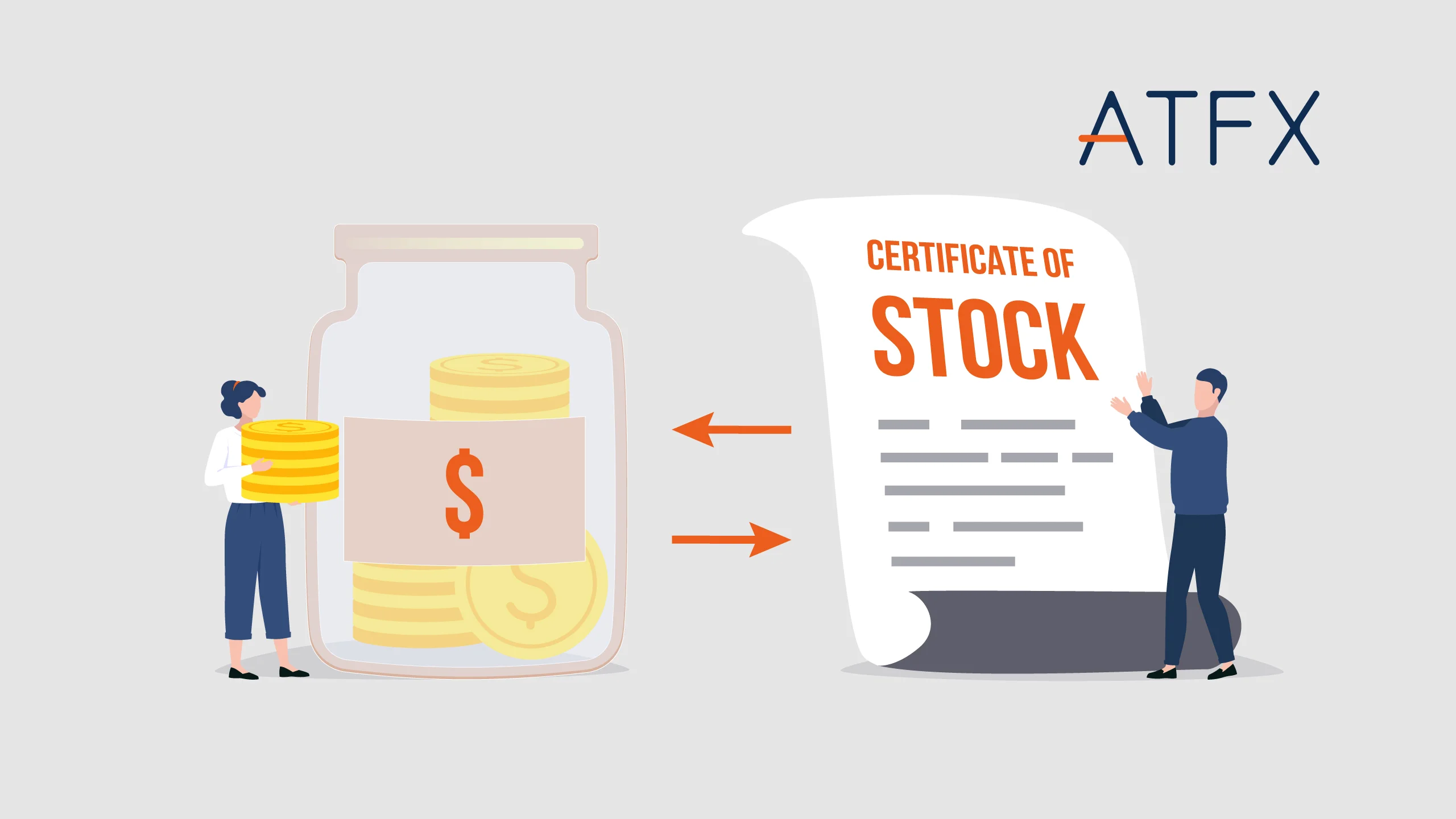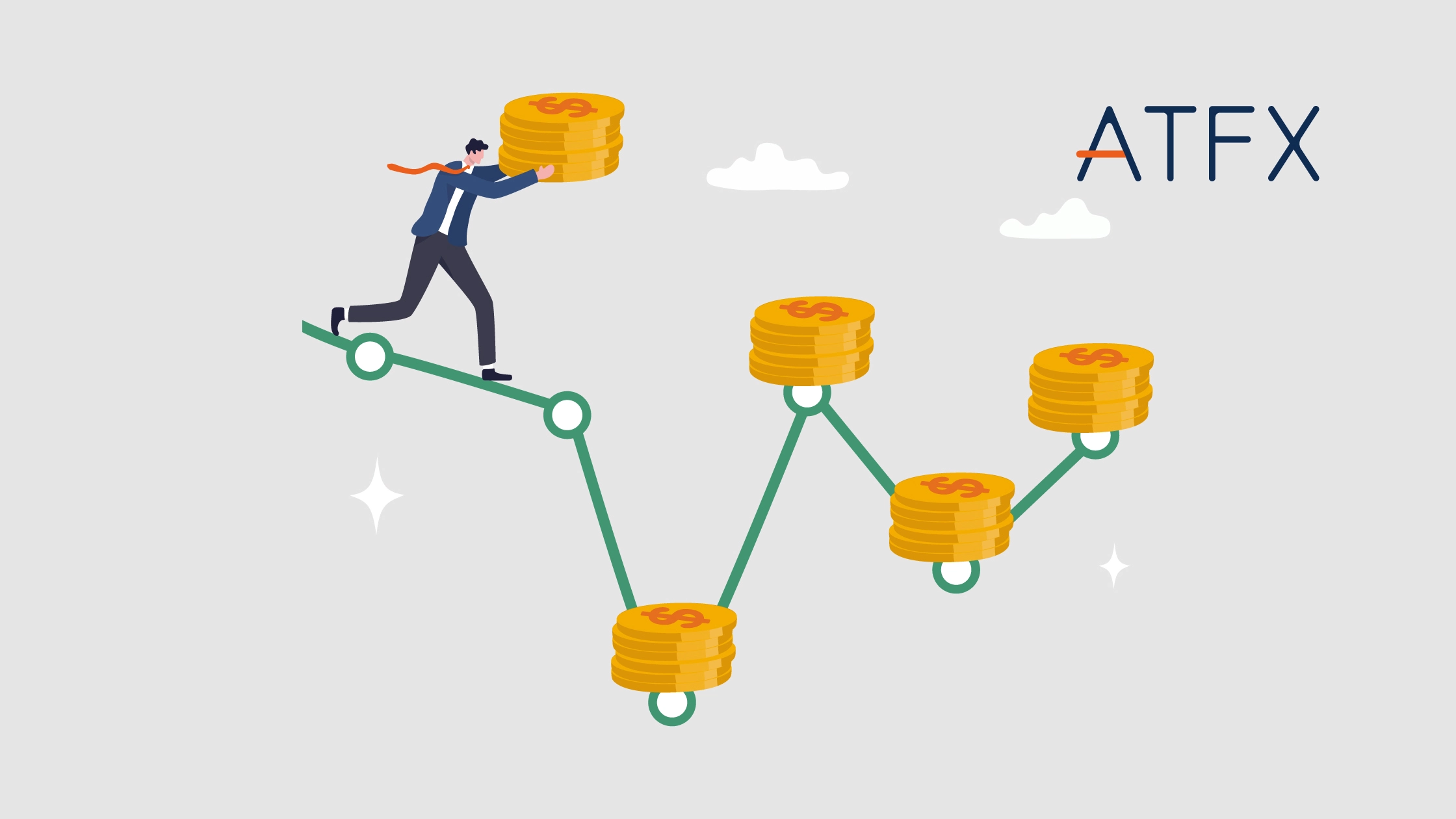June marks a critical juncture in the global trading calendar, as several major central banks including the Federal Reserve (Fed), European Central Bank (ECB), Bank of England (BOE), and Bank of Japan (BOJ) to convene for scheduled monetary policy meetings. These decisions don’t just affect interest rates, they often reset market sentiment and influence the direction across forex, commodities, indices, and bonds for months ahead.
Central Bank Meeting Dates and Interest Rates (June – July 2025)
| Central Banks | Country/Region | Interest Rates | Meeting Dates |
| BOJ | Japan | 0.50% | June 17, 2025 |
| FED | United States | 4.50% | June 18, 2025 |
| BCB | Brazil | 14.75% | June 18, 2025 |
| BOE | United Kingdom | 4.25% | June 19, 2025 |
| SNB | Switzerland | 0.25% | June 19, 2025 |
| RBA | Australia | 3.85% | July 08, 2025 |
| RBNZ | New Zealand | 3.25% | July 09, 2025 |
| ECB | Eurozone | 2.15% | July 24, 2025 |
| CBR | Russia | 20.00% | July 25, 2025 |
| BOC | Canada | 2.75% | July 30, 2025 |
| RBI | India | 5.50% | August 06, 2025 |
The Fed’s Federal Open Market Committee (FOMC) meeting on June 18 is crucial this year, as markets seek clues about the timing and scale of potential rate cuts in response to cooling inflation and slowing jobs growth.
Why Interest Rates Matter to Traders
Interest rates are a key driver of financial market trends, significantly influencing traders’ decisions and market positioning.
- Rate hikes tend to strengthen a currency’s value while putting pressure on non-yielding assets such as gold (e.g., XAU/USD), as higher yields attract capital inflows.
- Rate cuts typically weaken a currency, encourage borrowing, and often boost equities, especially risk-sensitive assets like tech stocks.
- Even if rates remain unchanged, the forward guidance issued by central banks can shift market expectations, often triggering volatility across currencies, commodities, and indices.
Example: How Central Bank Tone Affects the Market
A dovish signal from the Federal Reserve, such as talk of future rate cuts or a cautious outlook, can weaken the US dollar (USD). This often supports gold prices (XAU/USD), since gold becomes more attractive when interest rates fall.
On the other hand, a surprise rate hike or hawkish tone can boost the USD, while putting pressure on equities and commodity-linked currencies such as the Australian dollar (AUD) and New Zealand dollar (NZD), which are primarily driven by exports and global commodity prices. At the same time, safe-haven currencies such as the Japanese yen (JPY) and Swiss franc (CHF) may gain during periods of risk aversion.
Why this matters: Lower rates reduce the return on interest-bearing assets, allowing traders to shift into gold or stocks. Higher rates have the opposite effect, attracting capital into the currency and away from riskier assets.
Central Bank Watch: What’s in Focus
Federal Reserve (Fed)
Markets are closely watching the Fed for signals about potential rate cuts later this year. With inflation cooling and job growth slowing, trade tensions and tariffs continue to affect supply chains and prices, adding pressure on the Fed’s decision-making. Any dovish shift in tone could impact the US dollar, gold, stocks, and bonds.
Key Markets:
- USD pairs (EUR/USD, USD/JPY, GBP/USD)
- Gold (XAU/USD)
- US Bonds (2Y, 10Y yields)
European Central Bank (ECB)
The ECB is widely expected to deliver another rate cut, following three reductions earlier this year. Easing inflation in the eurozone has opened the door for policy changes, a move that could weigh on the euro while supporting European equities.
Key Markets:
- EUR/USD, EUR/GBP, EUR/JPY
- DAX 40 Index, EuroStoxx 50
Bank of England (BOE)
The BOE faces the challenge of balancing persistent inflation against growing calls for monetary easing. Any changes in policy stance or forward guidance could have a significant impact the British pound and UK equity markets.
Key Markets:
- GBP/USD, EUR/GBP, GBP/JPY
- FTSE 100, UK Gilts
Bank of Japan (BOJ)
The BOJ is gradually easing its ultra-loose policies as inflation rises. Traders are looking for any changes to yield curve control or tightening moves that could strengthen the yen.
Key Markets:
- USD/JPY, EUR/JPY, AUD/JPY
- Nikkei 225, Global Financial Market
Other Central Banks to Keep an Eye On
These banks often adjust their stance in response to global trends, inflation pressures, and commodity price shifts:
- Swiss National Bank (SNB): EUR/CHF, USD/CHF
- Bank of Canada (BOC): USD/CAD
- Reserve Bank of Australia (RBA): AUD/USD, AUD/JPY
- Reserve Bank of New Zealand (RBNZ): NZD/USD
Trading Strategies Around Central Bank Decisions
Before the central bank announcements, market moves can be triggered. To stay ahead, traders need a focused and disciplined approach:
Prepare Before the Event
- Review recent inflation, jobs, and growth data.
- Watch speeches and projections for policy direction.
- Understand what markets have factored into their pricing via rate futures.
Trade the Reaction, Not Just the Headline
- Let initial volatility settle before entering.
- Use technical confirmation before taking a position.
- Beware of false breakouts or emotional trades.
Adjust Risk for Volatility
- Widen stops but reduce position size to manage risk.
- Monitor spreads, slippage, and trading conditions.
Tailor Strategies by Asset Class
- Currencies react to rate differentials.
- Gold and Commodities rise on dovish signals, fall with hawkishness.
- Indices tend to rally with easing, fall with hawkishness.
- Bonds often lead in pricing expectations.
Diversify and Hedge
- Use cross-pairs or correlated assets to reduce exposure.
- Consider options or inverse instruments as hedges.
Stick to a Plan
- Define entry/exit rules for multiple outcomes.
- Avoid chasing moves or overtrading.
ATFX Insight
At ATFX, we empower traders with the tools and insights needed to navigate key market events. As central banks shape the outlook for global markets this June, our in-depth analysis and real-time updates help you stay informed and make confident trading decisions.
Access Market Insights for expert coverage of policy meetings and their impact across forex, gold, indices, and more.
Log in to your ATFX account to take advantage of trading opportunities as they emerge.



